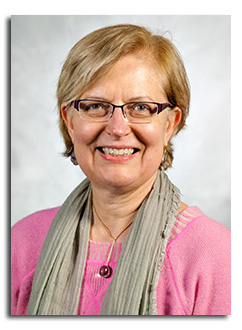
Abstract
The performance of devices fabricated using polymeric semiconductors depends critically upon alignment of the polymer chains at the nano- through macro-scales. Significant structure-process-property relationships that allow for enhancement of long-range order will be described. For instance, a lyotropic liquid crystalline (LC) phase has been observed in poly-(3-hexylthiophene) (P3HT) via solvent-evaporation induced self-assembly. In-situ polarized Raman spectroscopy facilitated investigation of the evolution of structure that eventually was found to undergo a phase transition from an isotropic solution to LC phase. The insights gained through these investigations were applied to the design of an alternative, donor-acceptor (D-A) benzothiadiazole oligothiophene based copolymer material. For one family of copolymers, structural elements were found to provide for a span in hole mobility of approximately 3 orders of magnitude. Samples annealed at moderate temperatures exhibited mobilities in excess of 2 cm2/Vs. The lessons learned through these studies may allow for simple, controllable, and cost-effective methodologies for achieving high performance plastic electronic devices.
Click here to see all available video seminars.
Click here to go to the SPREE HOMEPAGE.
Brief Bio
Elsa Reichmanis is Brook Byers Professor of Sustainability and Professor, School of Chemical and Biomolecular Engineering of the Georgia Institute of Technology. Prior to joining Georgia Tech, she was Bell Labs Fellow and Director of the Materials Research Department, Bell Labs, Murray Hill, NJ. She received her Ph.D. and BS degrees in chemistry from Syracuse University. She is a member of the National Academy of Engineering and has received several awards for her work. She has also been active in professional societies; she served as 2003 President of the ACS, and has participated in many National Research Council activities. Her research, at the interface of chemical engineering, chemistry, materials science, optics, and electronics, spans from fundamental concept to technology development and implementation. Her interests include the chemistry, properties and application of materials technologies for photonic and electronic applications, with particular focus on polymeric and nanostructured materials for advanced technologies. Currently, efforts aim to identify fundamental parameters that will enable sub-nanometer scale dimensional control of organic, polymer and/or hybrid semiconductor materials. Such control will be required if organic technologies are to meet the vision and expectations for flexible, printed electronic devices and display technologies, and low-cost, light-weight and portable materials for energy storage and conversion. The over-riding goal of the Reichmanis lab relates to the control of materials morphology through molecular design, synthesis and process engineering.
